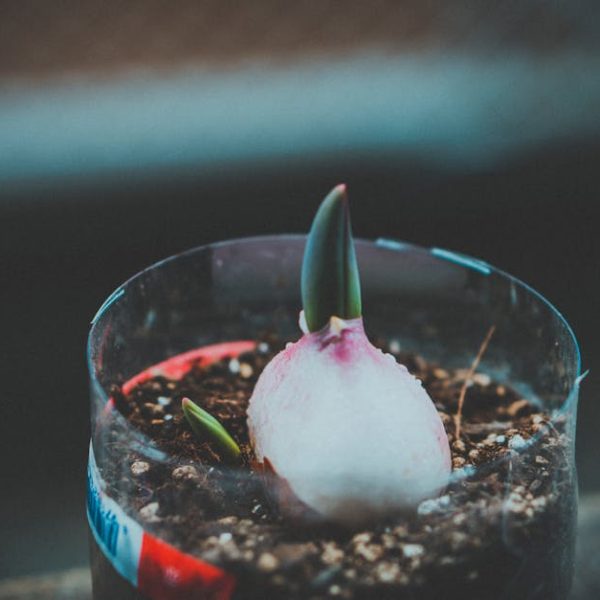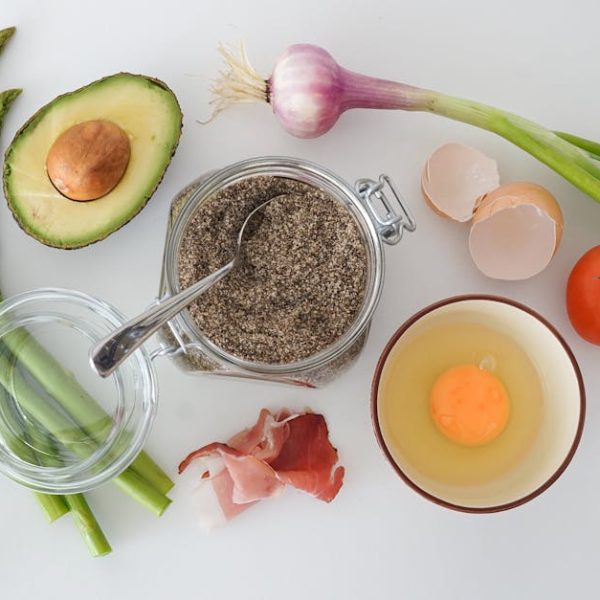Have you ever experienced the disappointment of reaching for a crunchy celery stick, only to find it limp and lifeless? It’s a common frustration for many. However, we’re here to provide seven smart and effective tips to keep your celery crisp and fresh. This practical guide covers multiple methods, each designed to extend the longevity of celery’s freshness.
Refreshing Water Soak
Arguably one of the simplest tips to keep celery crisp starts with a good old-fashioned water soak. Immersing celery in water helps replenish its natural moisture content, ultimately helping the stalks stay crisp. Start by cutting the celery to your desired length, then soak the cut pieces in cold water. Ideally, you want the water to be cool, which helps to optimize the rehydration process. As for soaking duration, aim for about half an hour. However, be mindful of over-soaking, as it may lead to a loss of flavor.
Aluminum Foil Wrap Hack
Next on the list is the efficient aluminum foil wrap. Here is your step-by-step guide: First, clean and dry your celery thoroughly. Then, tightly wrap the whole stalk (leaves trimmed) in a piece of aluminum foil. The idea is that the foil prevents ethylene gas (which causes food to ripen and eventually rot) from affecting the celery. However, be sure to keep a little breathing room so the gas can escape instead of becoming trapped with the celery.
Storing in a Container with Water
Storing celery in a container full of water is another popular tactic. To do this, simply place the celery in a large container and completely submerge it in water. Store the container in your refrigerator, ideally in the crisper drawer, if you have one. The cold environment will help the celery absorb water, keeping it crisp for an extended period. A pro tip for this method is to change the water every couple of days. This ensures the celery is always submerged in fresh, clean water, which helps extend its freshness.
Towel Wrap Method
The towel wrap method is yet another effective way to keep celery fresh. Start by thoroughly washing your celery, then allow it to air dry. Next, take a damp (not wet) towel, and wrap the celery stalks like a burrito, making sure they’re fully covered. This moist environment helps the celery stay hydrated, which is key for its crispness. See how this method compares to others in the chart below:
| Method | Pro | Con |
|---|---|---|
| Towel Wrap | Effectively maintains celery’s crispness | Requires regular checking and possible re-dampening of towel |
| Aluminum Foil | Keeps celery fresh for a longer time | Requires precise wrapping to avoid gas trapping |
Know the pros and cons of your chosen method to make the most of it.
Using Vacuum Sealed Bags
Another method gaining in popularity for preserving celery’s freshness is using vacuum-sealed bags. These bags trap in freshness by removing all the air around the food, creating an optimal environment for preserving crispness. Here’s a checklist to follow for this method:
1. Get a quality vacuum-sealing bag; choosing the right bag can make a huge difference.
2. Start with fresh, clean celery.
3. Gently place the celery in the bag. Avoid overpacking.
4. Carefully remove as much air as possible before sealing to maximize the storage duration.
5. Always check the seal after vacuuming to ensure there’s no air leak.
However, with every method of storage, there are potential drawbacks. So, be mindful of the impact of reduced airflow which may lead to condensation, creating a moist environment that may unintentionally foster bacteria.
Freezing Celery for Long-Term Storage
If you’re looking to store celery for an extended period, freezing is an option. Start by cleaning the celery and then chopping it into your desired size. After that, blanch the celery pieces for about three minutes. Once done, transfer them immediately into ice water to stop the cooking process. After the celery is completely cooled, spread the pieces out on a baking sheet, and freeze them. Once frozen, transfer them into a freezer-safe bag or container.
Pro-Tip: When you’re ready to use your frozen celery, let it thaw in the fridge or add it directly into your cooking pot if you’re using it for soups or stews. Remember, frozen celery will lose some crunchiness, so it’s best used in cooked dishes.
Importance of Regular Checks and Rotation
Regardless of the storage method you choose, regular checks are crucial in maintaining your celery’s freshness. Inspect your celery every couple of days to look for signs of spoilage such as browning or an off odor. Rotate or stir celery in water containers, rewrap foil or towel wraps, and replace any water or damp materials as needed.
By incorporating these best practices for regular checks and rotation, you can sustain the crunchiness of your celery and enjoy it at its peak.
Besides the Known Tips: Innovative Ways to Maintain Celery’s Freshness
Lastly, it’s always beneficial to be creative and improvisational. Some innovative tips for storing your celery include placing a paper towel in with your celery to absorb excess moisture or storing it upright in a glass of water like a bouquet of flowers.
Remember, the goal is to keep the celery hydrated without causing it to sit in water or dampness for extended periods. With these handy tips and steps, your celery will remain crisp, fresh, and appetizing. So go ahead, experiment with these methods and enjoy the crisp crunch of fresh celery anytime!
Key Takeaway:
- The freshness and crispness of celery can be preserved using various methods such as the refreshing water soak, aluminum foil wrap, storing in a water-filled container, towel wrap method, using vacuum-sealed bags, freezing for long-term storage, and regular checks and rotations.
- Each method has its pros and cons, hence understanding and appropriately executing them can optimize the longevity and freshness of celery.
- Innovation and improvisation in traditional methods can provide other benefits in maintaining the crispness and freshness of celery.
Drawing from a wide range of methods mentioned in this article, maintaining the freshness and crispness of your celery is achievable. Remember, the key is to know when and how to use these methods effectively. By implementing these tips, you can always enjoy the crispy and refreshing taste of celery anytime you desire.
FAQs
Q: Can the longevity of fresh celery be extended by combining different storage methods?
A: While combining certain methods might seem beneficial, it’s usually best to stick to one method at a time to avoid spoilage due to fluctuating storage conditions. However, feel free to experiment with different methods to find what works best for you.
Q: Can the methods mentioned for maintaining celery freshness be applied to other vegetables as well?
A: Many of these methods can work well for other vegetables, though it’s best to research or test as not all vegetables respond the same way to different preservation and storage techniques.
Q: How will I know my stored celery is no longer good for consumption?
A: Signs of spoilage in celery include a foul odor, slime-like texture or visible mold. If you notice any of these signals, it’s best to discard the celery to avoid health risks.
Q: Does the size of the celery pieces affect how I should store them?
A: The size of the celery pieces could affect the efficiency of certain storage methods. For instance, smaller pieces might absorb water faster in a water-soak method but could also spoil quicker if not monitored properly.
Q: Is there any specific type of celery that keeps fresher for longer?
A: The freshness of the celery often has more to do with its initial quality and how it’s stored than the specific type. Always select fresh, firm celery for the best results.
Finally, feel free to share this article with friends and family who might find it useful and explore more of our posts for other practical tips and guides.





